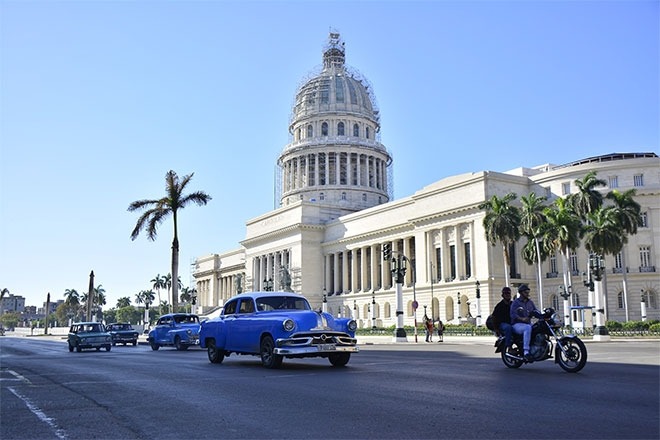In Santiago Chile, one of China’s largest producers of wine, Yintai Changyu Pioneer, has just signed an agreement with Bethia Group, and is set to buy three vineyards in the region for over US$50 million. This marks the latest of what seems to be a blitz of Chinese investment into Latin America. It is nothing new, China has steadily been investing in Latin America for almost 20 years now; the difference now is the sharp increase we have seen in recent years.
Last year, at an international investment conference, President Xi Jinping declared a commitment to inject US$250 billion into Latin America and the Caribbean. Mr. Xi announced this would happen over a 10-year period and claimed it would “stimulate China’s economic relations with the CELAC region, resulting in two-way trade to the tune of US$500 billion within a decade”. It has been said that China will work with “every country in the region, on every level”.
Jamaica and the Bahamas received approximately US$40 billion between 2005 and 2012, which has supported its road and coastline projects; this along with transit ports, which will end up benefiting the Panama Canal.
In Mexico, Chinese carmaker JAC Motors has teamed up with business legend Carlos Slim to create SUV cars bound for Mexico City and beyond. This received an investment of US$230 million; the company plans production of 10,000 vehicles in five years, which in turn shall create 1,000 direct and 4,000 indirect jobs.
Business people and tourists can now fly directly from Guangzhou to Mexico City for the first time, assisting in tourism and business between China and what is considered the gateway to Latin America.
Air conditioning giant Gree, has blossomed in Brazil over the past 16 years with its energy-efficient technology and advanced support service. The Brazilian government has given praise to Gree for environment efforts for conservation.
Chinese emergency services group Yanjian, has remained strong in Peru over the past eight years and are set to build a national emergency response centre in Lima. Similarly, China National Electronics Import & Export Corp developed a hot line, which is handled by the ECU 911 system, that has integrated the country’s emergency response, and rescue services into a single unit and saved many Ecuadorian lives when a 7.8 magnitude earthquake hit last year.
Long-time socialist ally Cuba has recently started reaching out to China with regards to heavy investment into the country. Evidence of this can be seen in such projects as the Biopower plant, in which Shanghai Electric will help to create energy from sugar cane excess and the marabou plant.
In addition to the Biopower plant, electronics and appliances company Haier has recently helped Cuba build its first ever computer factory; Haier aims to provide the country with further digital projects in order to improve connectivity to one of the poorest internet connection rates in the world.
Not all Latin Americans are in favour of such a flood of Chinese investment. For a number of years China has been trying to build a canal that will be larger and longer than the Panama Canal. This canal will run straight through Nicaragua, however conservationists and local citizens have been in an uproar against it, fearing it will destroy the local habitat. Even though Chinese investors of the project have tried convincing Nicaraguans that the canal will create thousands of jobs and help lift the country out of poverty, graffiti and slogans written on walls say it all; “No al canal, No a los Chino”.
However, it remains hard to predict any real negative effects of Chinese financial investment into what is for some almost destitute Latin American countries. Some are saying China is becoming the “saviour” and “beneficiary” of the continent, turning civil war-torn, violent and corrupt countries into flourishing economic success stories. Learning a thing or two from China, we may see in the not to distant future, a Latin American system of governance going by the name of Communism but with Cuban characteristics.









